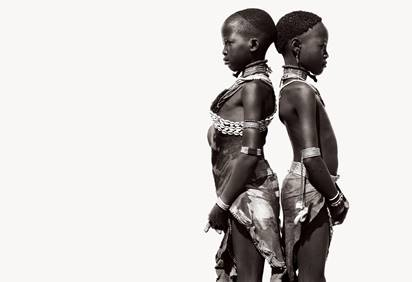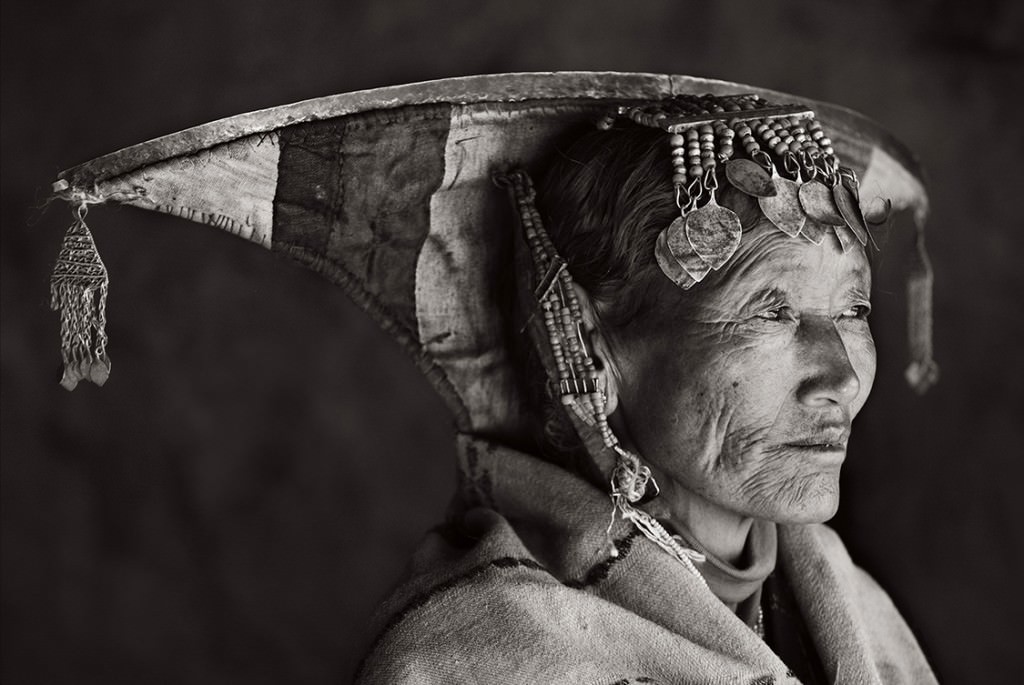Searching for rarely seen subjects, US-american photographer Drew Doggett has traveled to remote corners of the world to photograph and chronicle people, animals and places that are truly remarkable.
Depicted in their natural environments, Drew’s photography captures indigenous cultures and communities through a modern lens; scaled, crafted and finally printed for the most compelling visual impact. Drew´s large scale – mostly black and white – prints on Hahnemühle Digital FineArt paper are works of art for photography lovers who decorate the homes and offices to be surrounded by outstanding images. We are happy to interview the visual artists for Hahnemühle´s blog. The first one in 2017 in an ongoing series of Hahnemühle minded photographers and artists who wants their body of art printed on high-end media.
When did you discover your passion for photography?
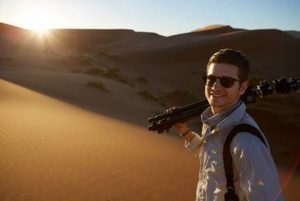 Photography started for me as a hobby – I never thought I’d be able to pursue it professionally. Fortunately, however, I grew up in a creative household where my parents helped me to explore the medium and hone my vision. My father is an architect, so I grew up around structural drawings, strong lines, and silhouettes, which definitely impacted my sense of design and composition I’d later come to actualize in my work. They also loved to travel, so my early aesthetic was shaped by the same wanderlust I have now, coupled with my passion for architectural design inherited from my father’s career. Traveling and discovery became my greatest joys, and anytime I could I sought to explore more about the world through my camera.
Photography started for me as a hobby – I never thought I’d be able to pursue it professionally. Fortunately, however, I grew up in a creative household where my parents helped me to explore the medium and hone my vision. My father is an architect, so I grew up around structural drawings, strong lines, and silhouettes, which definitely impacted my sense of design and composition I’d later come to actualize in my work. They also loved to travel, so my early aesthetic was shaped by the same wanderlust I have now, coupled with my passion for architectural design inherited from my father’s career. Traveling and discovery became my greatest joys, and anytime I could I sought to explore more about the world through my camera.
How did you come to the world of fine art photography?
I had originally started working as a fashion photographer and upon moving to New York City I quickly found work with some of the biggest names in the industry. However I soon realized it wasn’t the genre best suited for my artistic vision, so I took a risk and went to explore the Himalayas for a month, sparking a huge shift in my focus. This was an eye-opening trip, and I remember sitting atop one of the high passes after the physically-straining journey to get there and thinking I needed to tell the story of these Nepalese people in my series ‘Slow Raod To China’ and that this would be the beginning of my independent photography career. Since then, those themes of documenting preserved, remote places, despite so much cultural change globally, has been one of the most important threads in my practice.
Which of your projects opened the door to the art market or professional market?
The trip to the Himalayas is what initially inspired my fine art career, and I’ve been working hard at documenting some of the most interesting stories and cultures worldwide since then. My series documenting the wild horses of Sable Island (in 2012) was especially pivotal for me in terms of the art market; it was a critical and commercial success. Fusing my background in fashion photography and technical ability and my interest in photographing places and cultures at risk of disappearing has resonated with my audience, so I am fortunate enough to be able to continue to work in the way I want.
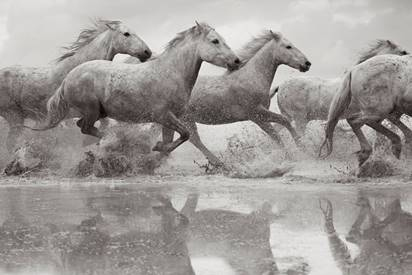
Who inspires you most?
I have a diverse group of photographers I admire. Ansel Adams is a huge inspiration for his tonal range and texture; he was always focused on details that would be lost on most, and for this he is unrivaled in the world of photography. I love Sebastiao Salgado for his documentary images, many of which are timely and relate to important issues facing humanity and our environment. I also am a huge fan of Peter Lindbergh for the timelessness in his work, as well as his representations of intimacy and women which are comforting in a way that gets lost in other’s work.
How would you describe your photographic style?
My aesthetic is based around form, texture, and symmetry. I love to focus on eliciting macro and micro shapes and subtleties that may not be readily apparent. I’ve also become increasingly focused on narratives, especially as I make more documentary work. I often research my subjects for months before picking up a camera, which is something I learned working in fashion with Steven Klein. I need to develop the ‘why’ or else it doesn’t feel authentic and I am sure my audience would feel the same. I’ve also become increasingly interested in urgency as many of the locations and subjects I work with are at the very-near risk of disappearing.
What is most challenging in documentary photography?
One of the issues I continuously try to reconcile is how to portray subjects and places in a way that honors them and doesn’t objectify.
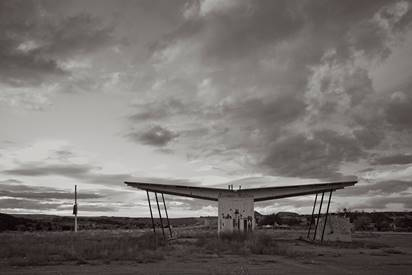
How important is the printed presentation of your works of art?
Having something tangible at the end of the day is everything, especially in an increasingly digital world. Printing is the last representation of the entire process and is representative of the entirety of the process – so I have to think about the presentation throughout. Getting there typically takes 5-7 iterations of physical test prints prior to finalizing what my audience sees. Crafting an image that is represented well digitally but also physically is important, as well as recognizing that an image with light emanating from the screen behind it is different than the printed image. You have to think about how these two things feel – and above all how the printed image will live in a variety of environments with many different factors to consider, like lighting or framing.
Which is your favorite Hahnemühle paper and why?
I have been using FineArt Baryta paper for years. Because tonal range is so important in my work, I need a paper that can respond to that and represent it consistently and faithfully. The FineArt Baryta is a thick, warmer paper that assists with bringing out the sepia tones I want. It also has a very pronounced fiber texture that is significant in my work, but also reminds me of traditional darkroom papers. Lastly, although the paper is considered in the glossy family, its texture is not typical of other glossy papers; instead this paper adds a nice sheen to the image and maintains the texture. If I am going to work hard to make my photographs dimensional, I need the paper to work hard as well, and I have yet to find another paper that does this as well.
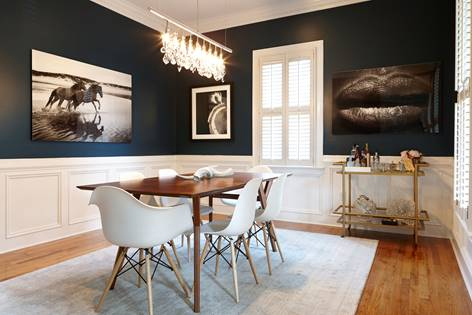
Do you have a dream project you would like to realize sometime?
I would love to do a globe-spanning project that incorporates many locations with similar thematic ideas revolving around preserving some of the most unique and distinctive places on camera as their heritage erodes, soon to be gone. The goal would be to bring awareness and help people develop a greater appreciation for cultural diversity in these communities, especially as they face extinction. To do this sort of work across continents, involving a still photography series as well as film, would be a dream project.
What´s next?
I am looking forward to a busy 2017. I am planning on traveling to new locations across Africa, the South Pacific, and the Arctic, that I’ve selected based on urgency as well as to continue some of the themes I’ve been working on since that initial trip to Nepal. Fortunately, I will never run out of interesting subjects, but some of the subjects I have dreamt of capturing might disappear soon, so I need to move quickly.
Thanks, Drew Doggett for the interview. More on Drew´s work is linked here.
